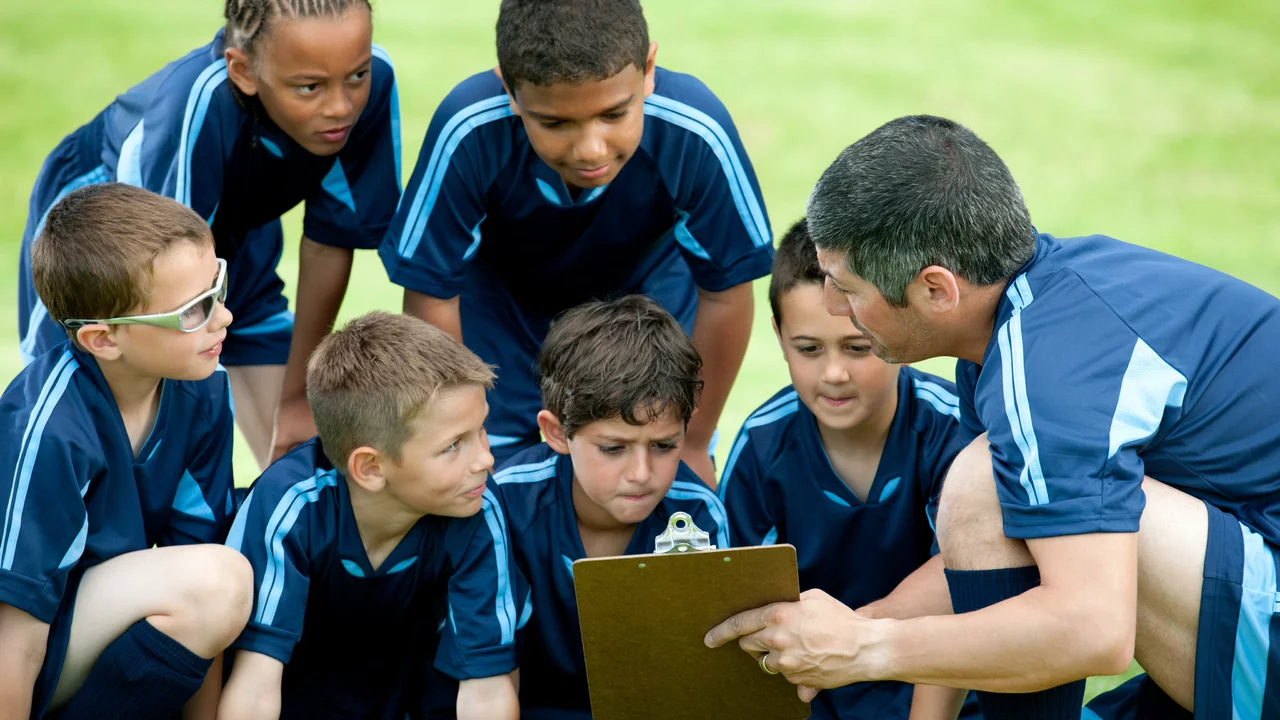Player Skills Every MMA Fighter Must Nail
Ever watched a fight and thought, "I could do that if I trained right"? You’re not alone. The difference between a good bout and a knockout often comes down to a handful of core skills. Below we break down the must‑have techniques and give you quick tips to start improving today.
Striking Fundamentals That Pay Off Instantly
Most beginners focus on flashy kicks, but solid striking starts with the basics: stance, footwork, and hand positioning. Keep your weight balanced on the balls of your feet; this lets you pivot and explode into punches or kicks without telegraphing. Practice the jab‑cross combo on a heavy bag for three‑minute rounds, counting each strike. After you feel comfortable, add a low kick to the routine. The extra motion trains your hips and helps you maintain distance.
Pro tip: record a short video of your bag work. Watching yourself reveals tiny habits—like dropping your guard after a jab—that you can fix on the spot.
Grappling Skills That Turn Positions Into Points
Grappling isn’t just about strength; it’s about leverage. Start with the hip‑escape drill: lie on your back, push off the mat with one foot, and slide your hips away from an imagined opponent. Do 10 reps each side. This move powers up your guard recovery and helps you create space for sweeps.
Next, practice the basic arm‑triangle from side control. Slip one arm under your opponent’s neck, lock your hands, and squeeze. Even if you never finish the submission, the drill teaches you to control the head and arm—two key points judges love.
Tip: Pair the hip‑escape with a quick stand‑up drill. After each escape, scramble to your feet and throw a single‑leg takedown. This mimics the flow of a real fight and builds stamina.
When you train, focus on one skill per session. Spend 20 minutes on striking, 20 on grappling, and the last 20 on transitioning between the two. This split keeps your brain fresh and your muscles adapting.
Remember, consistency beats intensity. A 30‑minute skill session five times a week shrinks the learning curve faster than a marathon 2‑hour gym day once a month. Track your progress in a simple notebook: note the technique, round count, and how you felt. Over weeks you’ll spot patterns—maybe your jab speed is up while your guard still drops after combos. Adjust your drills accordingly.
Finally, don’t forget recovery. Stretch your hips after grappling drills and do a quick shoulder roll after striking work. A few minutes of foam‑rolling each night keeps joints happy and prevents the nagging soreness that stalls progress.
Ready to level up? Pick one skill from the list, set a 2‑week goal, and stick to the routine. You’ll see measurable gains, and the confidence boost will spill into every round you step into the cage.





